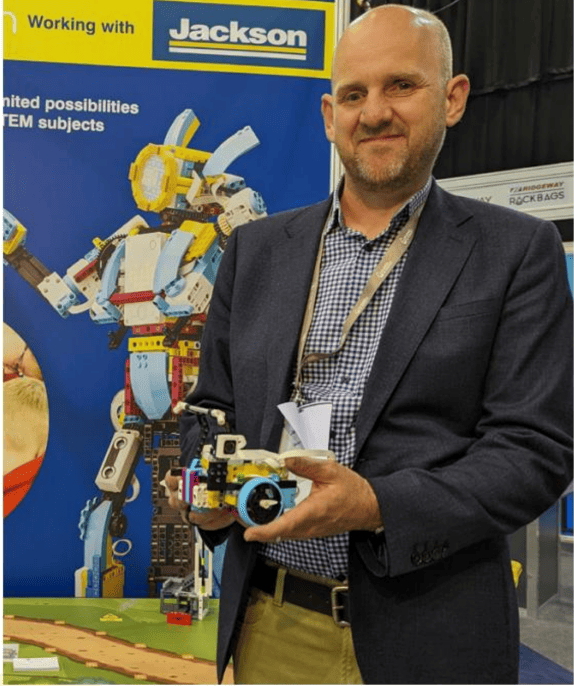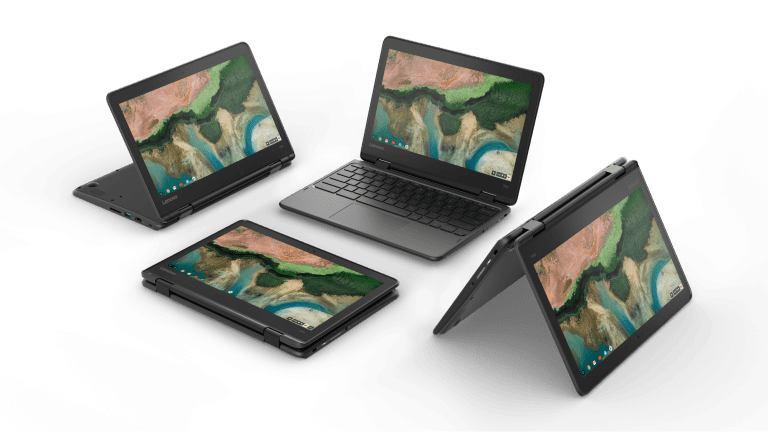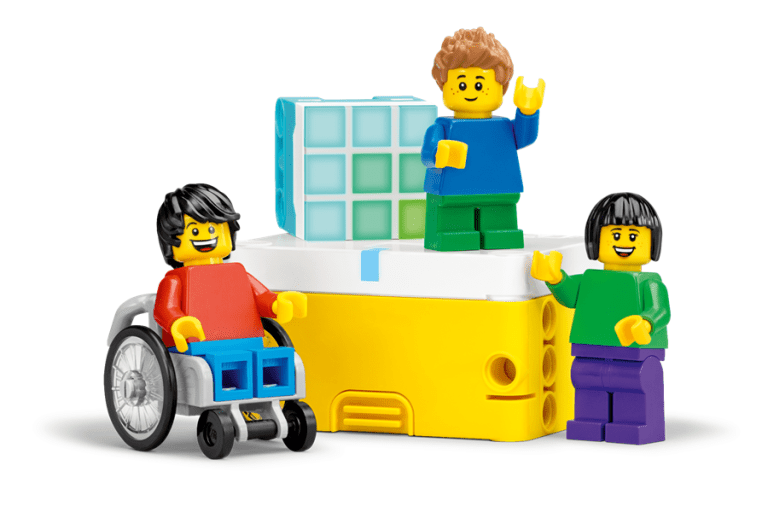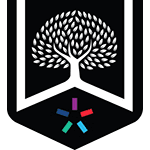Joy in the classroom
Teachers are searching for fresh and imaginative ways to connect with students. It is time to address the near-term and longer-term challenges faced by teachers and help them re-engage students in learning. Now is a prime opportunity to rethink learning by bringing joy back into the classroom.
The physical classroom experience is uniquely placed to deliver social, inclusive, and playful learning. By rethinking the way we teach, educators can make lessons more enjoyable and create environments that naturally weave in important life skills.
Students benefit from opportunities to connect ideas, nurture creativity and apply their knowledge and skills. When students are engaged, learning becomes more motivating, memorable and meaningful. To rethink the learning experience, we need to consider how to consistently create engaging, playful experiences in classrooms.
Tools for collaboration, communication and creativity
Give teachers the freedom to spend more time personalising the learning experience, and less time managing it. Students can learn 21st-century problem-solving and the skills they’ll use in their future careers, with accessibility features that help every student do their best work.
Teacher time
If teachers have access to technology tools that can reduce the time spent on administrative work, integrate assessment and bring lesson plans into one consolidated platform, the result can be a classroom environment where teachers are afforded more time to focus on interacting with their students and having a greater impact on their learning.
Device fatigue
Tech fatigue can come about simply by trying to keep up with the ever-changing edtech world. And it’s a real problem when it becomes an obstacle to meeting, nevermind embracing, short-term and long-term goals.
Security & digital wellbeing
Keeping students safe is a key challenge for all institutions, regardless of the educational model. So, issues such as cyber-bullying, grooming, data protection and digital literacy are sure to be part of any ICT team’s priority list over the next 12 months and beyond.
STEM Skills Gap
2030, more than half of the world’s children will not have the skills or qualifications they need to participate in the emerging global workforce.
Education systems were starting to address this before the pandemic, but school closures and hybrid learning environments have impacted the whole learning experience and holistic development of young people.
There is a growing realisation that beyond simply addressing the gaps, now is the time to bring about transformational changes to primary and secondary education.
Accessibility for every student
When all students can fully participate in the learning experience in their own way, everyone benefits. That’s why we create Google for Education products with accessibility in mind, to help every student learn, be inspired and achieve their full potential.


















